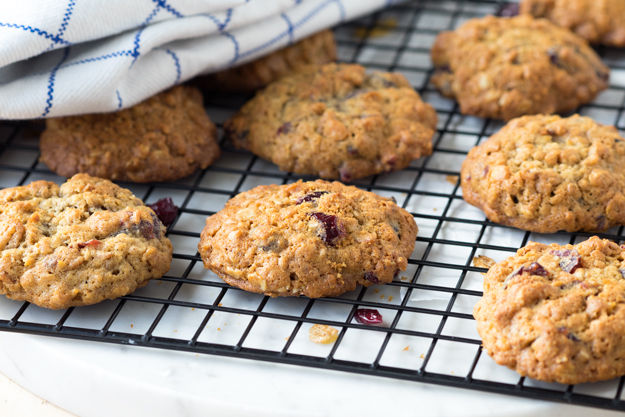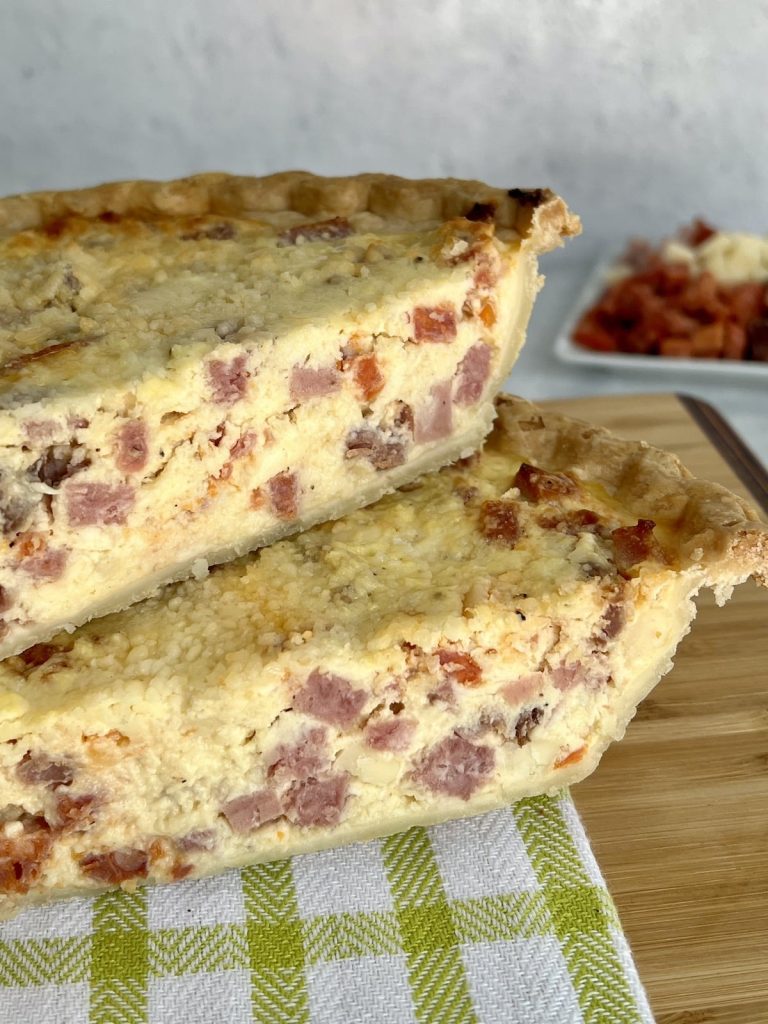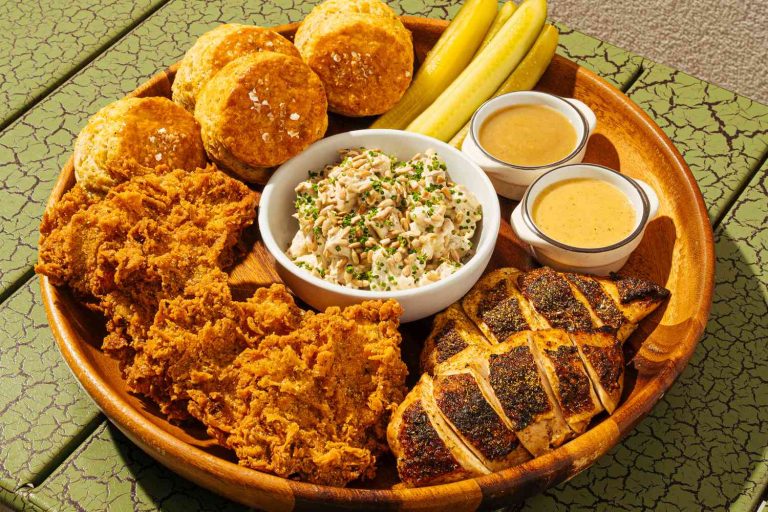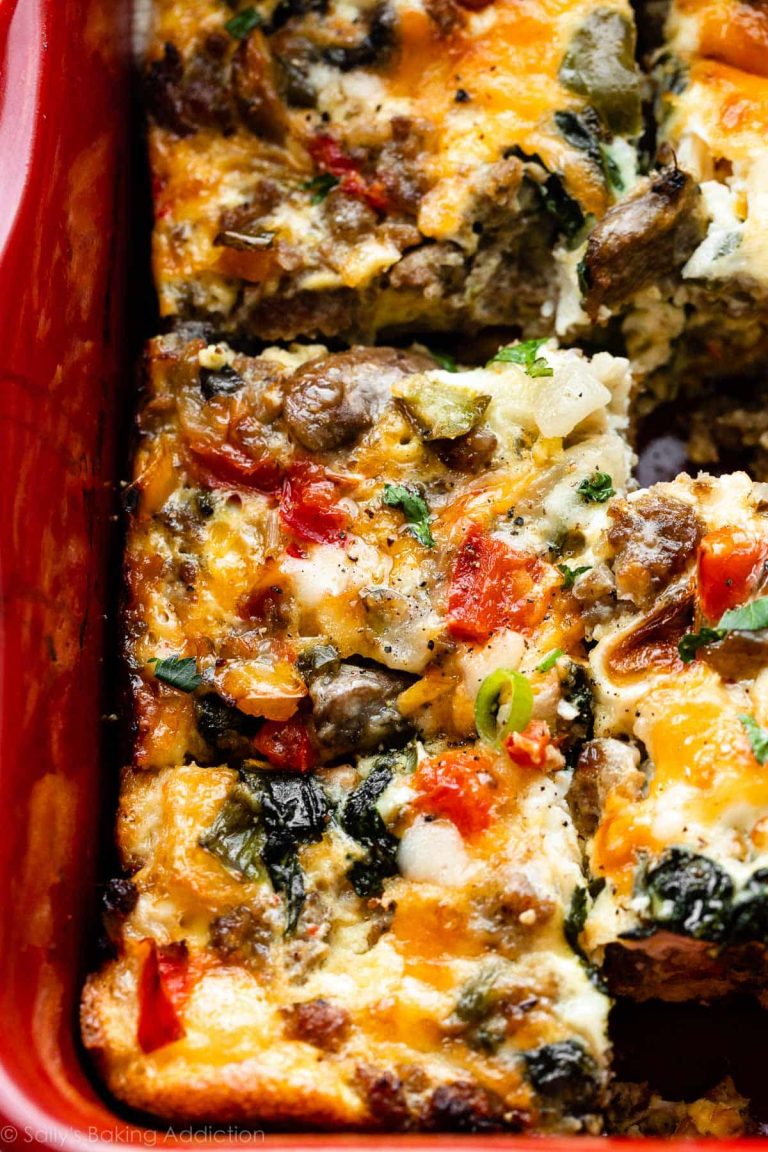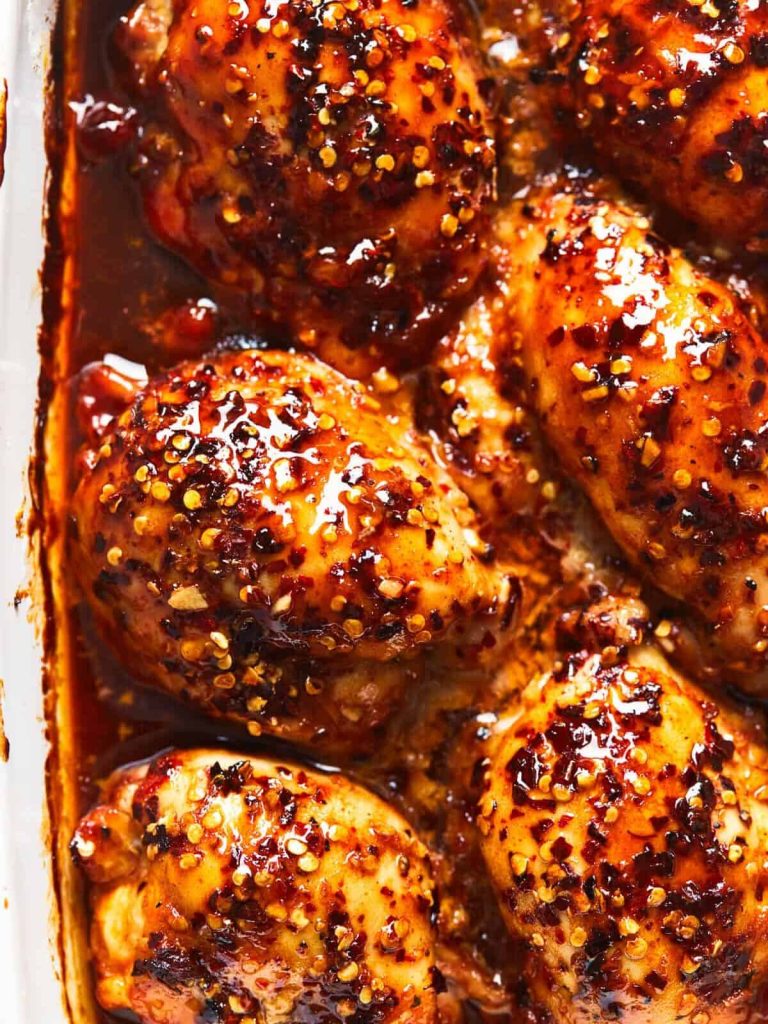Cereal Cookies: Delicious and Nutritious Recipes for Every Diet
Cereal cookies, combining the crunch of breakfast cereals with the sweetness of traditional cookies, originated in the mid-20th century. Home bakers started incorporating cereals like cornflakes and Rice Krispies into cookie recipes, creating new textures and flavors. Brands capitalized on this trend by releasing cereal-based cookie recipes on cereal boxes and in cookbooks. The concept quickly gained traction, becoming a staple in many households.
Popularity Trend
Cereal cookies have seen a resurgence in recent years. Social media platforms like Instagram and TikTok have played a significant role in re-popularizing these nostalgic treats. Influencers and home bakers frequently showcase unique and creative cereal cookie recipes, driving interest and engagement. The versatility of these cookies allows for endless variations, catering to a wide range of tastes and dietary preferences. From gluten-free options using rice-based cereals to vegan versions with plant-based ingredients, cereal cookies continue to evolve and gain popularity in today’s culinary landscape.
Key Ingredients in Cereal Cookies
Grains and Cereals
Cereal cookies primarily rely on grains and cereals as their base ingredients. Common choices include cornflakes, oats, and puffed rice. Each type of cereal contributes unique textures and flavors. Cornflakes add crunch, oats provide chewiness, and puffed rice offers a light, airy texture. Home bakers often mix different cereals to create varied textures and enhance the overall taste profile. Whole-grain cereals can also be used for a healthier option, catering to those looking for nutritious snack alternatives.
Sweeteners and Flavor Additives
Sweeteners and flavor additives play a crucial role in cereal cookies. Granulated sugar, brown sugar, and honey are common sweeteners used. Brown sugar adds a rich, molasses-like taste, while honey introduces natural sweetness and moisture. Flavor additives like vanilla extract, cinnamon, and chocolate chips can elevate the cookie’s taste. These ingredients not only enhance sweetness but also contribute to the aroma, making the cookies more appealing. Additionally, you can incorporate dried fruits and nuts for added flavor and texture. Using natural sweeteners like maple syrup is an option for a more health-conscious approach.
Health and Nutritional Benefits
Dietary Fibers and Whole Grains
Cereal cookies often include ingredients like oats and whole-grain cereals that provide dietary fibers. These fibers play a crucial role in promoting digestive health by aiding in bowel regularity and preventing constipation. Consuming fiber-rich foods is associated with reduced risks of heart disease, type 2 diabetes, and certain cancers. Whole grains in cereal cookies, such as barley, whole wheat, and brown rice, offer essential nutrients like B vitamins, iron, magnesium, and selenium. These nutrients support various body functions, including energy metabolism, immune system health, and DNA synthesis.
Calories and Sugar Content
While cereal cookies can be nutritious, they can be high in calories and sugar if not prepared mindfully. Balancing ingredients to lower sugar content can make cereal cookies a healthier snack option. Alternative sweeteners like honey, maple syrup, or agave nectar provide natural sweetness while offering additional minerals and antioxidants. Opting for lower-calorie cereals and incorporating fruits like raisins or dried apricots can enhance flavor without the need for excessive sugar. Being mindful of portion sizes helps you enjoy cereal cookies without overindulging in calories or sugar.
Varieties and Innovations
Gluten-Free and Vegan Options
Cereal cookies offer several gluten-free and vegan options. Gluten-free versions use alternative flours like almond, rice, or coconut flour. For example, almond flour adds a nutty flavor and is high in protein. Vegan cereal cookies replace traditional ingredients like eggs and dairy with flax eggs, applesauce, or coconut oil. Flax eggs (1 tbsp ground flaxseed mixed with 3 tbsp water) are a common egg replacement. These substitutions cater to dietary restrictions without sacrificing taste or texture.
DIY Cereal Cookie Recipes
DIY cereal cookie recipes allow you to customize flavors and ingredients. You can mix different cereals like oats, rice puffs, or bran flakes to create unique textures. For sweetness, consider honey, maple syrup, or stevia. Some DIY recipes include incorporating dried fruits, nuts, or chocolate chips. To start, mix 1 cup of your favorite cereal with ½ cup of your chosen sweetener and 1 egg or suitable replacement, then bake at 350°F (175°C) for 10-12 minutes. This flexibility lets you craft cookies that suit your taste and dietary preferences.
Choosing the Right Cereal Cookie
What to Look for on Labels
Check labels for whole grains and dietary fiber. Look for at least 3 grams of fiber per serving. Opt for cookies with lower sugar content—under 10 grams per serving is ideal. Avoid hydrogenated oils; they contain trans fats, which aren’t good for health. Inspect ingredient lists for artificial additives and preservatives. Aim for natural ingredients.
Note the serving size. Sometimes, nutritional values are based on small serving sizes, potentially misleading you about the actual intake. Whole grains should be listed as the first ingredient for better nutritional content. Check for sodium levels, which must be under 200 milligrams per serving.
Best Brands on the Market
Several brands offer high-quality cereal cookies. Nature Valley provides whole grain options rich in fiber. Kashi offers cookies with organic ingredients and minimal artificial additives. Health Warrior includes chia seeds, providing omega-3 fatty acids and fiber. Annie’s Homegrown uses whole grains and avoids synthetic preservatives. Enjoy Life offers allergen-free options, suitable for gluten-free and vegan diets. Compare nutritional information across brands to find the best fit for your dietary needs.
| Brand | Key Features |
|---|---|
| Nature Valley | Whole grains, rich in fiber |
| Kashi | Organic ingredients, minimal artificial additives |
| Health Warrior | Chia seeds, omega-3 fatty acids, fiber |
| Annie’s Homegrown | Whole grains, no synthetic preservatives |
| Enjoy Life | Allergen-free, gluten-free, vegan options |
Choosing the right cereal cookie involves understanding labels and knowing the best brands. This ensures you find cookies that meet your health needs while still being delicious.
Conclusion
Cereal cookies offer a delightful fusion of flavors and textures that make them a versatile snack for any time of day. By incorporating whole grains and dietary fibers, they not only satisfy your sweet tooth but also contribute to your overall health. Whether you’re looking for gluten-free, vegan, or low-sugar options, there’s a cereal cookie out there to meet your dietary preferences. With brands like Nature Valley and Kashi leading the way, you can enjoy these delicious treats while staying mindful of your nutritional needs. So go ahead and explore the world of cereal cookies—you might just find your new favorite snack.
